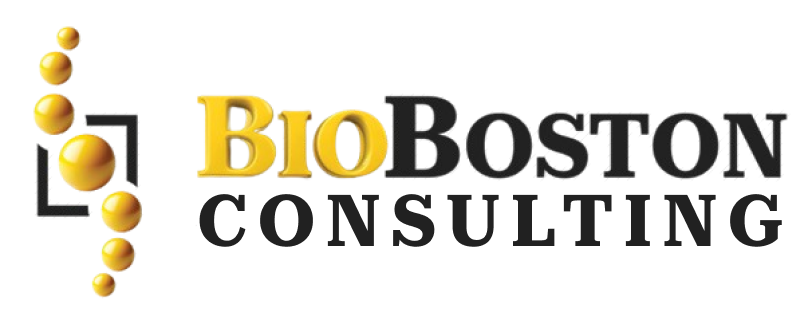Discover how quality and regulatory consulting firms support the safe use of Human Cells and Tissues (HCT/Ps) in the life sciences. Learn about FDA regulations and the importance of compliance.
Learn more about how quality and regulatory consulting firms assist in maintaining the highest standards for HCT/Ps, advocating for a healthier safer tomorrow.
Human Cells and Tissues (HCT/Ps) is a highly dynamic and innovative corner of the life science sector, but one that has long been notoriously complex. Human cells and tissue or HCT/Ps (defined in 21 CFR 1271.3(d) as articles containing or consisting of human cells or tissues that are intended for implantation, transplantation, infusion, or transfer into a human recipient are an integral part of modern medical progress.
Such materials could potentially be used to cure a wide variety of diseases and conditions, ranging from regrowing damaged tissues to improving the body’s own self-healing process.
Yet the inherent complexity of HCT/Ps requires light touch but effective regulation to assure safety and predictability. The FDA proposed and finalized a tiered, risk-based approach to HCT/P regulation in 2005 in recognition of the need for a more appropriate regulatory pathway taking into account these challenges.
Tiered, Risk-Based Approach
Approach: HCT/Ps that meet certain criteria or fall within exceptions do not require FDA premarket review and approval under the risk-based tiered approach. This regulatory approach is guided by the following central public health and regulatory considerations:
Transmission of Communicable Diseases:
Foremost among the concerns is preventing transmission of communicable diseases with HCT/Ps. Durable manufacturing controls will prevent save the items from becoming adulterated and mitigate health hazards.
Much like any other physical object, preservation of the integrities and functions of HCT/Ps is of paramount importance. It would guarantee that these items work as meant, safeguarding medical safety and efficiency.
The regulations governing HCT/Ps, referred to as the “tissue rules,” represent a unique silo of the regulation of cell and gene therapy products.
These rules are developed under notice and comment using the authority for communicable disease that is in section 361 of the Public Health Service Act (42 U.S.C. 264) and can be found at 21 CFR Part 1271.
Digging Into Minimal Manipulation and Homologous Use
These requirements are specifically identified in 21 CFR 1271.10(a) and help to establish the appropriate regulatory pathway for HCT/Ps. An HCT/P can be regulated under section 361 of the Public Health Service Act and 21 CFR Part 1271 alone if it meets all of these criteria:
Minimal Manipulation: The HCT/P must be processed to ensure that it is only minimally manipulated, as defined in 21 CFR 1271.3(f). That is, the original relevant needs to maintain processing of tissue or cells without changes as much as possible.
Homologous Use: Homologous use is the repair, reconstruction, replacement, or supplementation of a recipient’s cells or tissues with an HCT/P that performs the same basic function in the recipient as in the donor. With homologous use, the HCT/P is used to repair, reconstruct, replace, or supplement a recipient’s cells or tissues and where such HCT/P perform the same basic function or functions in the recipient as in the donor (Homologous use).
No Combination with Other Articles: You should not combine the cells or tissues with another article, except water, crystalloids, or a sterilizing, preserving, or storage agent. Moreover, the inclusion of such agents should not give rise to novel clinical safety considerations.
Managerial Effect or Metabolic/Hormonal Activity: If the HCT/P has a managerial effect or if the HCT/P is dependent on the metabolic/hormonal activity of living cells for its primary function, it must satisfy specific conditions with respect to homologous use, autologous use, allogeneic recipient be coppering closely relationed through bcolony and development ing fellow use.
HCT/Ps that do not meet these criteria and whose manufacturing establishment does not qualify for any of the exceptions provided in 21 CFR 1271.156 will be regulated as a drug, device, and/or biological product under the FD&C Act and/or section 351 of the PHS Act. Therefore, a premarket review and approval will be necessary.
DMR Activities Completion:
Minimal manipulation: Minimal manipulation and homologous use are two key determinants in the regulatory pathway for HCT/Ps.
Minimal Manipulation (21 CFR 1271.10(a)(1)): Minimal manipulation, as defined in 21 CFR 1271.3(f), means processing that does not alter the original relevant characteristics of the tissue or cells.This is to ensure the final product condition of processed HCT/P are for the intended use. In evaluating minimal manipulation, it should be shown that processing does not exceed this definition.
Allogeneic Use (21 CFR 1271.10(a)(2)): Allogeneic use, as defined in 21 CFR 1271.3(e), means the repair, reconstruction, replacement, or supplementation of a recipient’s cells or tissues with an HCT/P that is not HLA-matched to the recipient and does not perform a reasonable function in the recipient.
This further underscores the need that HCT/Ps be used in a way which conforms to their intended use, allowing for safety and predictability in functioning.
Conclusion
Both manufacturers and healthcare providers within the life science industry (together with other target customers) should be cautious to determine whether their products could violate these criteria. In doing so, they will help support the advancement of novel therapies using robust pathways that safeguard and ensure quality and safety in the realm of HCT/Ps.
While it is difficult to predict the future of such a dynamic field, given that advancements are underway every day, being informed and amenable to regulatory changes can significantly help in delivering these life-saving therapies to patients successfully.
To learn about how BBST can help your organization, get in touch with BioBoston Consulting today or visit our website.


